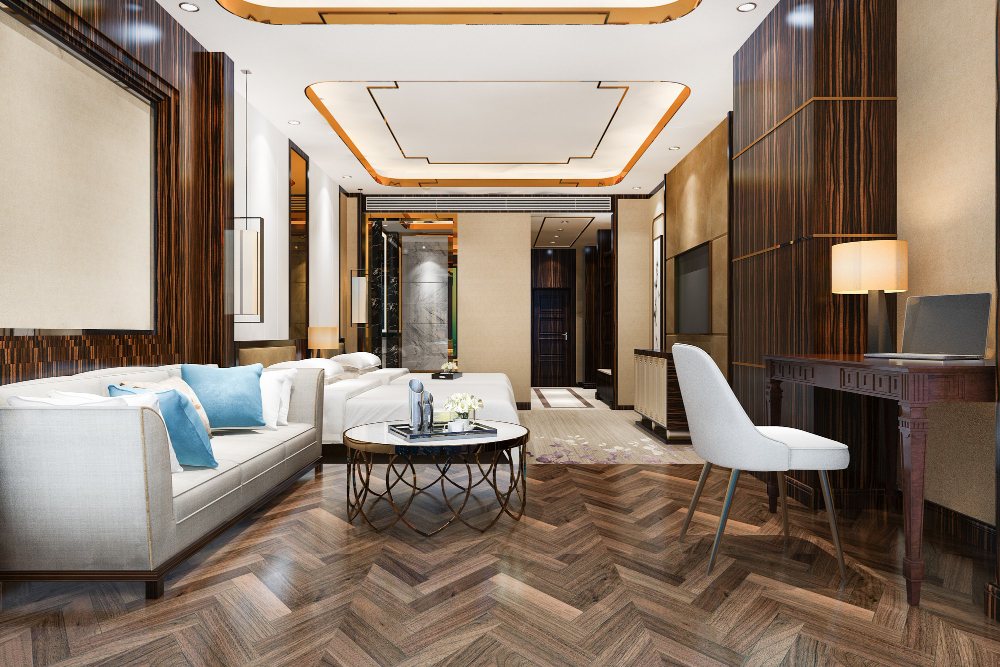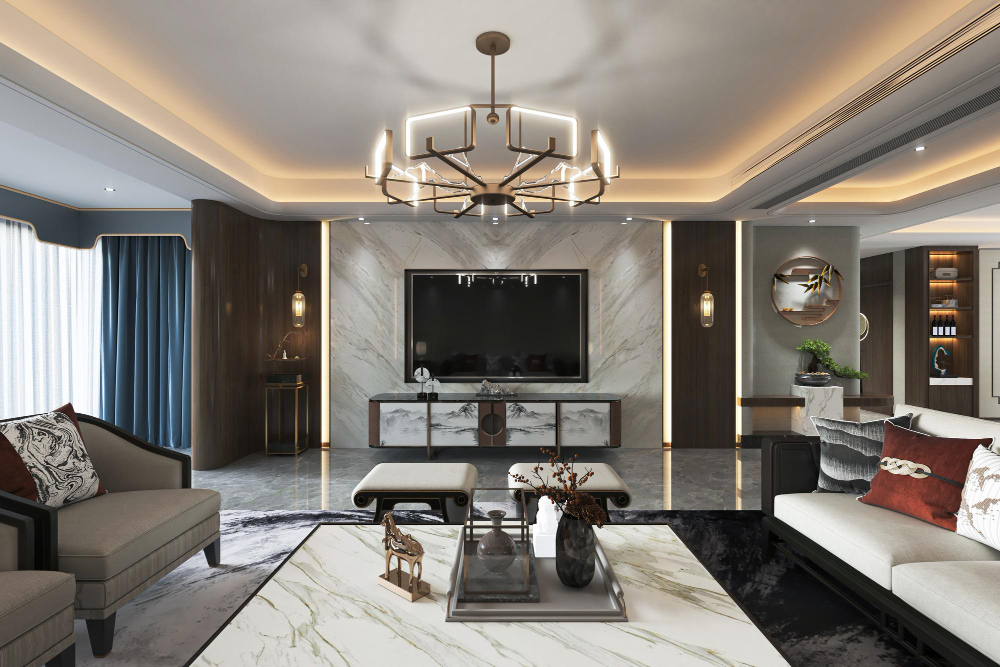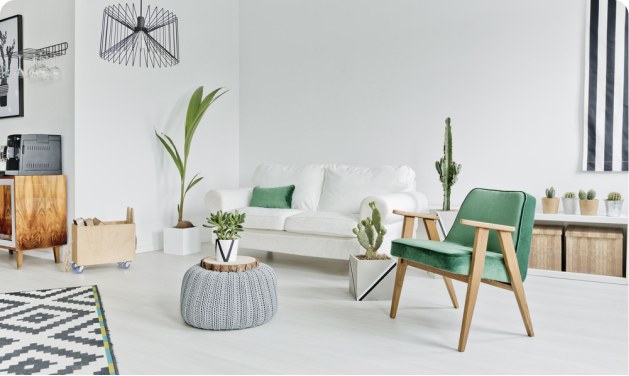
Introduction
When it comes to building a home, every choice matters — but none as critically as your choice of steel. Steel is the backbone of your structure, defining its strength, durability, and long-term safety.
Selecting the best steel for house construction in India isn’t just about brand or price — it’s about understanding the right type, grade, and quality suitable for your region, soil type, and design needs.
In this comprehensive guide, experts from Relgrow – top construction company in Bangalore break down everything you need to know about steel selection — from grades and properties to the best brands in India and pro tips for cost efficiency.
Why Steel Choice Matters in Home Construction
Steel forms the skeletal framework of every concrete structure. It bears tension, supports concrete under stress, and ensures your house can withstand natural forces like wind, rain, and earthquakes.
Poor-quality or mismatched steel can lead to:
- Structural cracks and bending
- Premature corrosion and rust
- Weak load-bearing capacity
- Higher maintenance costs
Choosing the right steel ensures:
✅ Structural integrity
✅ Resistance to environmental stress
✅ Longer building life
✅ Better resale value
Understanding Steel Used in Construction
Before comparing brands or grades, let’s understand the types of steel commonly used in house construction in India.
| Type of Steel | Description | Best Used For |
|---|---|---|
| TMT Bars (Thermo-Mechanically Treated) | Modern high-strength bars with superior ductility and corrosion resistance | RCC structures – beams, slabs, columns |
| Mild Steel Bars (MS Bars) | Smooth-surface bars used in old constructions, now largely replaced by TMT | Light residential or non-load structures |
| High Strength Deformed Bars (HSD Bars) | Hot-rolled, used for heavy-duty structures | Multi-storey and industrial buildings |
| Corrosion Resistant Steel (CRS) | Coated bars that resist rust, ideal for humid/coastal regions | Coastal, monsoon-intensive areas |
| Structural Steel | Used for frameworks, trusses, and girders | Roof frames, mezzanines, industrial sheds |
Among all, TMT bars dominate modern construction due to their balance of strength, flexibility, and durability.
TMT Bars: The Backbone of Modern Homes
TMT bars are produced through a thermo-mechanical process — rapid quenching and self-tempering — resulting in a tough outer surface and a soft, flexible core.
Advantages of TMT Bars
- Superior tensile and yield strength
- High ductility for seismic safety
- Better bonding with concrete
- Fire and corrosion resistance
- Longevity even in extreme climates
That’s why nearly all reputed brands — Tata Tiscon, JSW Neosteel, SAIL TMT, Jindal Panther — manufacture TMT bars for residential and commercial structures.
Steel Grades in India: What You Should Choose
The Bureau of Indian Standards (BIS) classifies steel grades mainly as Fe-415, Fe-500, Fe-550, and Fe-600. The higher the number, the stronger the steel.
| Grade | Tensile Strength (N/mm²) | Best Suited For |
|---|---|---|
| Fe-415 | 485 | Single-storey or light-load structures |
| Fe-500 | 545 | 2-3 storey homes and moderate load |
| Fe-500D / Fe-550D | 565 / 585 | Multi-storey houses, better ductility |
| Fe-600 | 660 | High-rise, heavy structures or long spans |
Expert Tip from Relgrow:
For most Indian homes, Fe-500D strikes the ideal balance between strength, ductility, and cost efficiency. It’s also preferred in seismic-prone areas due to better flexibility.
How to Identify Quality Steel
Here’s how to ensure the steel you buy meets standards:
- ✅ Check ISI or BIS Certification — For TMT bars, look for IS:1786 marking.
- ✅ Inspect Manufacturer’s Test Certificate — Confirms grade, yield, and elongation.
- ✅ Observe Rib Pattern & Weight — Genuine TMT bars have uniform ribs and standard lengths.
- ✅ Perform Bend/Rebend Test — Quality steel should bend easily without cracking.
- ✅ Avoid Local/Unbranded Steel — Often lacks consistency and can compromise safety.
Regional Factors Affecting Steel Choice
India’s diverse climate and soil conditions mean your ideal steel type may differ based on location.
| Region | Condition | Recommended Steel Type |
|---|---|---|
| Coastal Areas (Chennai, Kochi, Mumbai) | High humidity, saline air → corrosion risk | CRS TMT or epoxy-coated Fe-500D |
| Seismic Zones (Bangalore, North-East, Delhi NCR) | Prone to tremors | High ductility Fe-500D or Fe-550D |
| Dry & Hot Zones (Hyderabad, Rajasthan) | High temperature variation | Fe-500 or Fe-550 |
| Heavy Rainfall Regions (Kerala, Konkan) | Moisture and dampness | Corrosion-resistant TMT with proper cover concrete |
Choosing region-appropriate steel helps avoid structural deterioration and long-term damage.
Top Steel Brands in India (2025 Edition)
Here are the top-performing and most trusted steel brands according to construction experts and structural engineers:
| Brand | Key Strengths | Recommended For |
|---|---|---|
| Tata Tiscon | Superior ductility, corrosion resistance, ISI-certified | All-purpose residential & commercial use |
| JSW Neosteel | Consistent quality, Fe-550D grade, eco-friendly production | Premium homes and modern structures |
| SAIL TMT HCR | Government certified, excellent weldability | Mid-range to large projects |
| Jindal Panther | Great bendability, available PAN India | Affordable residential projects |
| Vizag Steel (RINL) | High purity, uniform rib design | Long-span & high-load structures |
Pro Insight from Relgrow:
Always choose a locally available ISI-certified brand to reduce logistics cost and ensure easy replacement if required.
Cost Comparison & Budget Planning (2025 Rates)
Steel prices fluctuate with market conditions, but here’s a general range (as of early 2025):
| Steel Grade | Approx. Price (₹ per kg) | Remarks |
|---|---|---|
| Fe-415 | ₹55 – ₹58 | Low strength, suitable for small homes |
| Fe-500 | ₹58 – ₹61 | Standard for most residential projects |
| Fe-500D / Fe-550D | ₹61 – ₹64 | Slightly premium, ideal for 2–3 floors |
| CRS / Epoxy Coated | ₹65 – ₹70 | For coastal/humid zones |
A 1000 sq. ft. single-storey house typically requires 3.5–4 tons of steel, while a 2000 sq. ft. double-storey home may need 6–8 tons depending on design.
Cost-saving tip: Buy steel directly from authorized dealers and avoid local mixing — a common issue that compromises strength.
Common Mistakes to Avoid When Choosing Steel
- ❌ Buying from unverified local suppliers
- ❌ Ignoring grade markings or certifications
- ❌ Using different brands or grades in the same structure
- ❌ Poor on-site storage causing rusting
- ❌ Not consulting an engineer before selection
How Relgrow Ensures Quality Steel in Every Project
At Relgrow, we don’t just build homes — we build structures meant to last generations.
Our construction process includes:
- Using only BIS-certified Fe-500D or higher grade TMT bars.
- Partnering with trusted steel brands for consistent supply.
- On-site testing for bending, elongation, and corrosion resistance.
- Adhering to IS 456:2000 and IS 1786 design codes.
This ensures that every Relgrow project achieves maximum safety, strength, and structural life — no compromises.
Installation & Handling Tips for Homeowners
Even the best steel can underperform if mishandled on site. Follow these practices:
- Store bars on raised wooden planks under cover to avoid rust.
- Never bend or cut TMT bars manually — use mechanical tools.
- Maintain adequate concrete cover to prevent corrosion.
- Avoid reusing old or rusted steel rods.
- Clean off oil, paint, or mud before placing bars.
Sustainability: The Future of Steel in Construction
With India focusing on green building practices, eco-friendly and recyclable steel is gaining importance.
Brands like JSW Neosteel and Tata Tiscon have adopted low-carbon manufacturing and energy-efficient furnaces, reducing environmental impact.
Relgrow encourages sustainable material sourcing, ensuring homes are both strong and environment-friendly.
FAQs – Best Steel for House Construction in India
Q1: Which is the best steel for house construction in India?
➡ The best steel for most homes is Fe-500D TMT bar from trusted brands like Tata Tiscon, JSW Neosteel, or Jindal Panther, offering great strength and flexibility.
Q2: What is the difference between Fe-500 and Fe-500D?
➡ Fe-500D has higher ductility (elongation), making it better for seismic zones and multi-storey structures.
Q3: How can I check if steel is original?
➡ Always verify the ISI/BIS mark, batch number, and ask for a manufacturer test certificate from your dealer.
Q4: Can I mix two brands of steel?
➡ It’s best to avoid mixing brands or grades in one structure; differences in chemical composition can cause bonding and strength variations.
Q5: Which steel is best for coastal areas?
➡ Use corrosion-resistant (CRS) TMT bars or epoxy-coated Fe-500D to prevent rust due to saline air.
Conclusion: Relgrow’s Expert Recommendation
The best steel for your home depends on where you build, how you design, and what you expect from your structure in the long run.
If you want a single, all-rounder recommendation:
➡ Use Fe-500D TMT bars from a reputed, certified brand like Tata Tiscon or JSW Neosteel.
For expert guidance on structural design, material selection, and cost-efficient construction, consult the specialists at
👉 Relgrow – trusted construction company in Bangalore
Our team ensures every project uses tested, durable, and high-grade materials that meet national standards — helping you build a home that’s safe, strong, and future-ready.
Key Takeaways
✅ Use Fe-500D TMT as your default choice for Indian homes.
✅ Prioritize ISI/BIS certification over price.
✅ Choose brand consistency and avoid mixing.
✅ For coastal regions, prefer corrosion-resistant steel.
✅ Partner with experienced builders like Relgrow for quality assurance.





